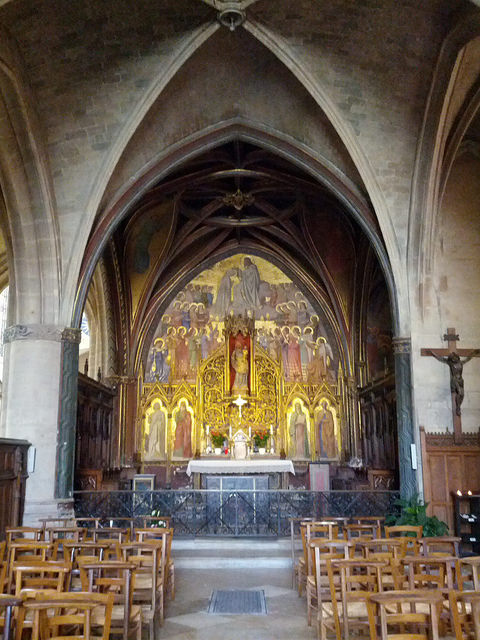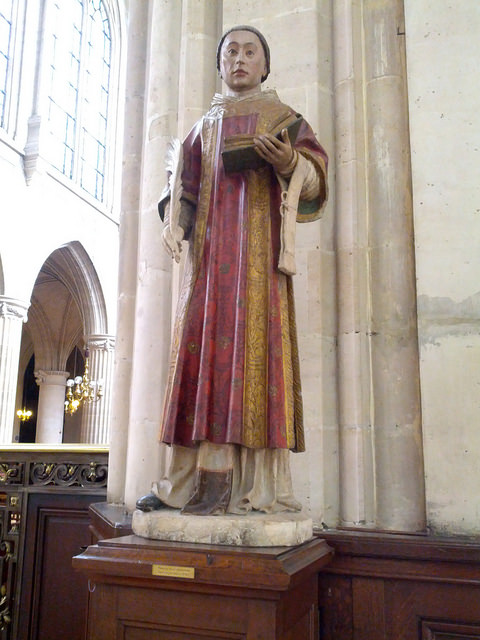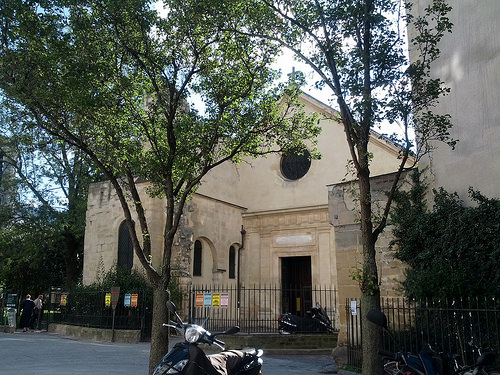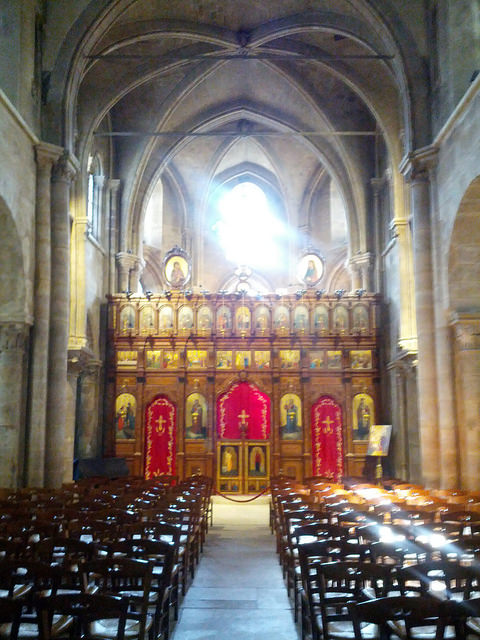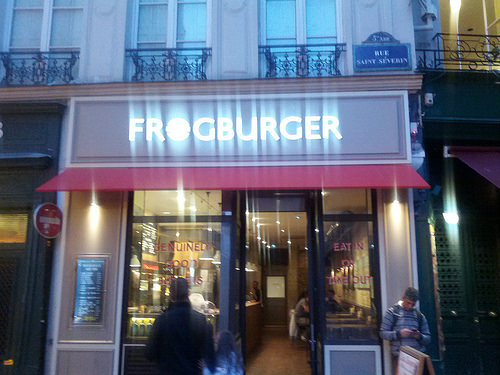Therefore every scribe who has been trained for the kingdom of heaven is like a householder who brings out of his treasure what is new and what is old.
Thursday, 28 August 2014
Holy confessors and martyrs of Iraq, pray for us
Simon Caldwell recently published an inspiring account of elderly Iraqi Christians in the village of Karamless. (See: Elderly Iraqi Christians defy terrorists, flee to camp H/T Transalpine Redemptorists) When the IS terrorists overran Karamless, on the night of 6-7 August, everyone fled except the elderly who were too weak to run.
The masked terrorists demanded that they convert or be killed by the sword. All of the elderly people said "we prefer to be killed rather than convert." In the event they were ordered to leave the village with only the clothes they were wearing.
This moving and inspiring story of courageous witness to Christ is redolent of the days of ancient Rome. Those who refused to deny their faith yet were not actually martyred yet were called "confessors" because of their stout confession of the faith. Penitents could go to them and ask for a note to say that the confessors had prayed for them; this note or "libellus pacis" could then be taken to the Bishop who could choose to remit all or part of a canonical penance, in view of the power of the prayers of the holy confessors.
There are also many in recent times who have actually been martyred in Iraq because they chose death rather than agree to renounce Christ. They are martyrs because without doubt they were killed propter odium fidei, "on account of hatred of the faith." I hope that a list is kept of their names, along with at least some evidence from witnesses, so that the sacrifice they have made is given due recognition in the life of the Church by their eventual canonisation, and so that people down the ages can remember their heroism and invoke their prayers.
Holy Martyrs and Confessors of Iraq, pray for us.
Wednesday, 27 August 2014
When the validity of baptism is doubtful
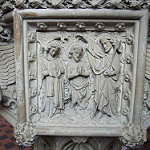 Fr Hunwicke's Mutual Enrichment is not a blog that can be usefully skim-read. His articles are not long, but they repay more close attention than those of the "5 reasons why Pope Francis didn't really say what everyone thinks he said" genre.
Fr Hunwicke's Mutual Enrichment is not a blog that can be usefully skim-read. His articles are not long, but they repay more close attention than those of the "5 reasons why Pope Francis didn't really say what everyone thinks he said" genre.When I find time, as I have just now, I read a number of his posts in sequence. It is always a rewarding experience for me, especially since quite often he tackles something that I have wanted to say but not found the time, and writes on it with erudition and wit. During the past week, we have had, among other things, a discussion on whether Muslims and Christians worship the same God, a gently provocative piece on the lack of Latin among the clergy, and an important post arguing for baptism sub conditione for Anglican converts whose only evidence of Baptism is a certificate.
A baptism certificate was formerly regarded as sufficient, since baptism "according to the rites of the Church of England" is certainly valid. What is now uncertain is how often baptisms are conducted according to a rite that is not approved by the Church of England, specifically, baptism with the form "I baptize you in the name of the Creator, and of the Redeemer, and of the Sanctifier." Baptism using such a form is certainly invalid: the Congregation for the Doctrine of the Faith in 2008 answered a dubium on the matter, saying that persons baptised with such a formula have to be baptized in forma absoluta (that is, not conditionally.)
We must pick a careful path through doubts. Since the practice of using an invalid formula is certainly used in some places and is becoming more common, it is, as Fr Hunwicke says, no longer safe to assume that a baptism is valid simply because it has been carried out in the Church of England.
Sometimes we have other reasons to assume that the baptism is valid: one might know the local vicar, and know that he would always use the proper form (that would be true of my own Anglican neighbour) but we are not usually looking at certificates issued by the local vicar. The convert himself might be able to give assurance that the Rev Blenkinsop of St Mildred's in Thrampton was a sound man and would not have used an invalid form. In such cases, there is no need for conditional baptism.
But without such further evidence I agree with Fr Hunwicke that the doubt that now exists makes it necessary to baptise many converts conditionally since there is a reasonable doubt about the validity of their baptism. If on the other hand, there is evidence that the convert was indeed baptised by a feminist who used the invalid formula, then the baptism was certainly invalid and the convert must be baptised without condition, as the CDF laid down. In modern practice, such a convert would be a catechumen and not a candidate.
Sunday, 24 August 2014
Some Catholic (and other) highlights in Paris
The Basilique du Sacré Coeur should be on the must-see list for any Catholic tourist in Paris: it is certainly on mine. Sacré Coeur was built after the National Vow of reparation for the atrocities committed on both sides during the Communard uprising, and for the spiritual welfare of France. The most moving thing for me is the basilica's record of uninterrupted eucharistic adoration day and night since 1 August 1885. (See this link to a previous post with more photos.)
The discreet monitions by lay wardens regarding silence and proper deportment ensure that even though it is crowded visitors, Sacré Coeur is an ideal place to catch up on the Office - something that is easy to leave to late in the day when one is on holiday.
Saint Germain l'Auxerrois, opposite the Louvre, is of interest to British visitors because of the mission St Germanus of Auxerre (not to be confused with St Germanus of Paris) undertook to counter the heresy of Pelagianism.
And here is a photo of the Deacon and Martyr St Vincent with what looks like his maniple:
Since it is white rather than red and matches the quill that he holds, I wonder whether it is in fact not a maniple but something else. No doubt I will find out thanks to the crowd-sourced information times we live in.
UPDATE:
Indeed the social media help us. Concerning St Vincent's maniple, Louis Tofari has kindly sent me a link to his article The Vesture of the Ministers: Part IV and suggested that the statue of St Vincent shows a linen maniple, and thus the actual purificator.
Not far from where we were staying, I found a gem: the Church of St Julien le Pauvre.
I took a detour to look at it because of the claim on posters for concerts being held there, that it was the oldest Church in Paris. Inside I was met with this view:
The Church was given to the Melkite community of Paris in 1889.
Continuing with the must-see venues, I took the Metro round to renew my acquaintance with the Rue du Bac and Saint Sulpice as well as the SSPX Church of Saint Nicholas du Chardonnet. Despite the London-style disruption of engineering works, I managed by dint of changing lines several times, to get to see the Ecole Militaire, the Champ de Mars, and therefore the Eiffel Tower, of which I took a nice photo along with the Japanese fellow-tourists:
Then it was up to the Place de La Concorde where I found another surprise which will be of special interest to US readers: a plaque put up by the American Club of Parish in 1997 to commemorate the 50th anniversary of the Marshall Plan,
Finally, a photo of somewhere that we didn't go for dinner:
Wednesday, 20 August 2014
Evenings of Faith Autumn 2014 series
The Faith Movement organises Evenings of Faith in London, a series of talks by orthodox Catholic speakers, addressing questions of faith and morals. As you can see from the above poster, this season promises some fine lectures.
These evenings are not age-restricted and are open to all. They are held in the basement of the church of Our Lady of the Assumption in Soho by kind permission of the Ordinariate of Our Lady of Walsingham.
Don't forget to have a look at the current issue of Faith Magazine which you can read online or download free. Annual subscription to the hard copy magazine is £25.
Sunday, 17 August 2014
What I Want is Mercy, Not Sacrilege: The Dangers of “Routine Communions”
Holy Communion is often treated as a prize, nowadays, or even a "right." The July-August issue of Faith Magazine carries an article of mine, looking at the dispositions required for Holy Communion: living in accord with the teaching of the Church, being in a state of grace and free of unconfessed mortal sin, and making a proper spiritual preparation for Holy Communion. In this connection I also discuss the danger of routine communions. Bishop Mark Davies kindly recommended the article when he visited the Faith Summer Session earlier this month.
Here is a link to the article itself: What I Want is Mercy, Not Sacrilege: The Dangers of “Routine Communions” , and here is a link to the whole current issue of Faith Magazine with several excellent articles which you can read online or download as a pdf. If you like the magazine and prefer reading things on real paper, a subscription is £25 for the year (six issues.)
Image credit: Justus van Gent (fl. 1460-1480) "The Communion of the Apostles" via Wikimedia Commons
Thursday, 14 August 2014
Catholic Dilemma 285: Is Confirmation the point when we become Catholic?
Is it correct that when we are Baptised into the Catholic Church we become members of the Christian Faith, and even though we may make our First Holy Communion we don’t actually become full members of the Catholic Church until we receive the Sacrament of Confirmation?
By Baptism we are incorporated into the Church and become members of the body of Christ. There is only one Church, founded by Our Lord on the rock which is Peter. In a case of genuine necessity, anyone, even a pagan, can baptise validly, as long as they use water, say “I baptise you in the name of the Father and of the Son and of the Holy Spirit”, and intend to do what the Church does. Any person who is thus baptised becomes a member of the Catholic Church.
Someone who is baptised validly by a non-Catholic minister becomes a member of the Catholic Church and does not become separated from full communion with the Church until they have begun consciously to adhere to a separated ecclesial community. Hence there is no rite for receiving a young child, below the age of reason, into full communion with the Church. The rite of reception only applies to children who have reached “catechetical age.” In the older form of reception into the Church, the candidate formally repudiated heresy and schism. Although this is not done in the modern rite, the profession of faith that is made implies that the person no longer adheres to a separated ecclesial community.
Confirmation is sometimes referred to as the “perfection” of the grace of baptism. In an effort to explain the word “perfection” in its theological sense, it is sometimes explained as the “completion” of Baptism. Hence the false impression can be given that the incorporation into the Church at Baptism is imperfect or incomplete in some way. In fact, by Confirmation “we are bound more perfectly to the Church” (Lumen Gentium 11) and given the grace of the Holy Spirit to strengthening us to bear witness to the faith. We are, by Baptism, made fully members of the one, holy, catholic and apostolic Church.
Catholic Dilemmas column published in the Catholic Herald
Suggestions for Catholic Dilemmas are always welcome by email or via Twitter @FatherTF
By Baptism we are incorporated into the Church and become members of the body of Christ. There is only one Church, founded by Our Lord on the rock which is Peter. In a case of genuine necessity, anyone, even a pagan, can baptise validly, as long as they use water, say “I baptise you in the name of the Father and of the Son and of the Holy Spirit”, and intend to do what the Church does. Any person who is thus baptised becomes a member of the Catholic Church.
Someone who is baptised validly by a non-Catholic minister becomes a member of the Catholic Church and does not become separated from full communion with the Church until they have begun consciously to adhere to a separated ecclesial community. Hence there is no rite for receiving a young child, below the age of reason, into full communion with the Church. The rite of reception only applies to children who have reached “catechetical age.” In the older form of reception into the Church, the candidate formally repudiated heresy and schism. Although this is not done in the modern rite, the profession of faith that is made implies that the person no longer adheres to a separated ecclesial community.
Confirmation is sometimes referred to as the “perfection” of the grace of baptism. In an effort to explain the word “perfection” in its theological sense, it is sometimes explained as the “completion” of Baptism. Hence the false impression can be given that the incorporation into the Church at Baptism is imperfect or incomplete in some way. In fact, by Confirmation “we are bound more perfectly to the Church” (Lumen Gentium 11) and given the grace of the Holy Spirit to strengthening us to bear witness to the faith. We are, by Baptism, made fully members of the one, holy, catholic and apostolic Church.
Catholic Dilemmas column published in the Catholic Herald
Suggestions for Catholic Dilemmas are always welcome by email or via Twitter @FatherTF
Wednesday, 13 August 2014
Cardinal Brandmüller on the Apostolic Origins of Priestly Celibacy
The idea that clerical celibacy was established in the Church as a medieval development was strongly contested by a number of scholars in the late 20th century. Some characteristic works in English are:
Cholij, R. Clerical Celibacy in East and West. Gracewing. Herefordshire. 1989;Cardinal Stickler’s brief account is a most useful summary of the case for clerical celibacy. He noted that there had been a number of important recent studies devoted to the history of celibacy in both the East and the West, and that,
Cochini, C. The apostolic origins of priestly celibacy. Ignatius. San Francisco. 1990;
Heid, S. Celibacy in the Early Church. Ignatius. San Francisco. 2000;
Stickler, A. The case for clerical celibacy. Ignatius. San Francisco. 1995.
"These studies have either not yet penetrated the general consciousness or they have been hushed up if they were capable of influencing that consciousness in undesirable ways."This unfortunately remains the case as articles continue to appear, and assertions continue to be made without finding it necessary even to address the research of these scholars. The debate is still legitimate, but in some quarters it seems that a substantial case on one side is completely ignored.
So I was glad to read on Sandro Magister's blog last month the article by Cardinal Brandmüller which gives a brief primer on some of the important points. See: Francis Speaks, Scalfari Transcribes, Brandmüller Shreds
Photo credit: Ivo Giannoni di Osimo (via New Liturgical Movement)
Friday, 1 August 2014
Portiuncula indulgence tomorrow (and indulgences generally)
 Tomorrow, 2 August, you can gain a plenary indulgence under the usual conditions (see below) by visiting a parish Church and there reciting the Our Father and the Creed. This is called the Portiuncula indulgence and goes back to St Francis of Assisi. Fr Z has the details.
Tomorrow, 2 August, you can gain a plenary indulgence under the usual conditions (see below) by visiting a parish Church and there reciting the Our Father and the Creed. This is called the Portiuncula indulgence and goes back to St Francis of Assisi. Fr Z has the details.Don't forget that you can also gain a plenary indulgence by visiting a Church on the day of the titular feast, and there reciting the Our Father and the Creed. I made a list of other indulgences: please see the post Plenary indulgences for particular days which has a link to the list. The post has some background information which you may find helpful since indulgences are not well understood today - which is not surprising since indulgences are not included in most Catholic education curricula, and most priests never preach about them. Therefore many Catholics are left with whatever silly, half-baked, ill-informed nonsense about indulgences happens to be current.
If you want to understand the theology of indulgences, I recommend reading the first four chapters of Paul VI's Indulgentiarum Doctrina. By reading and digesting not much more than 3000 words, you will gain a balanced and theologically mature understanding of indulgences. In fact, since few people (including priests and bishops) seem to think it worth the bother, you will instantly become relatively expert on the subject!
To forestall the common objection that almost nobody ever gains a plenary indulgence because of the condition about being detached from venial sin, please see my post: Plenary indulgences not impossible. This post also gives general information about the conditions for gaining a plenary indulgence.
Subscribe to:
Posts (Atom)


